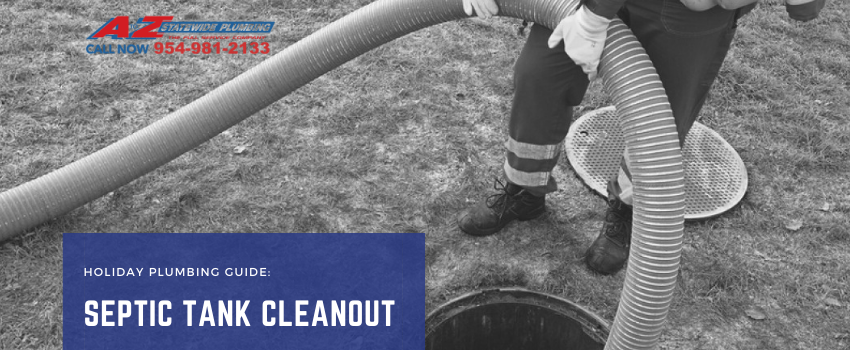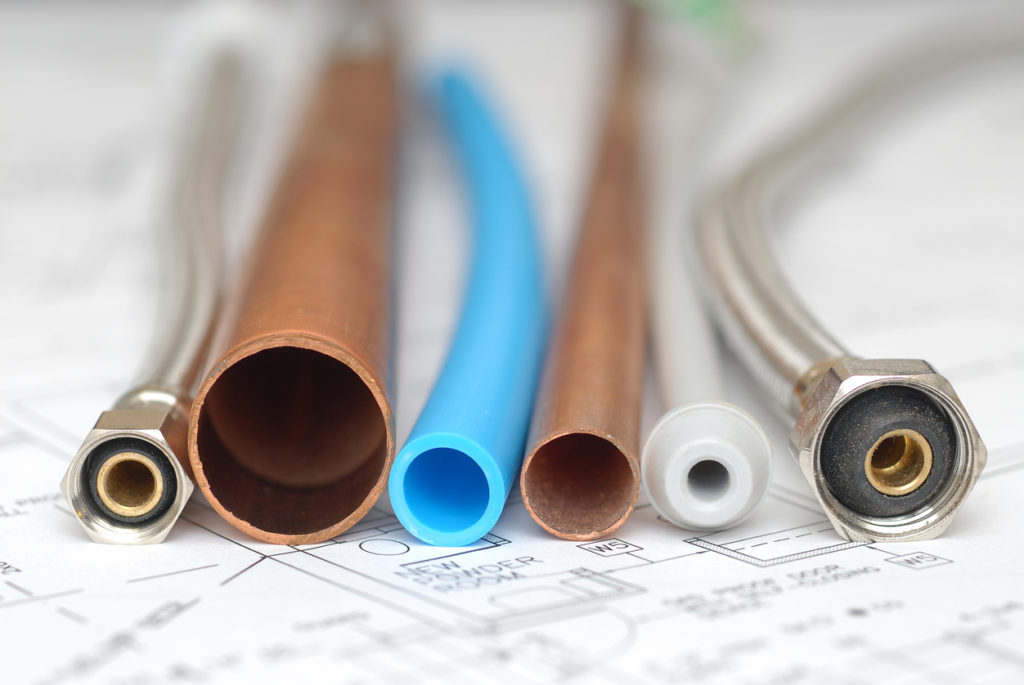How to Unclog a Toilet Without a Plunger
We are a participant in the Amazon Services LLC Associates Program, an affiliate advertising program designed to provide a means for us to earn fees by linking to Amazon.com and affiliated sites.
Learning how to unclog a toilet without a plunger is a skill you should pick up. Not only is this simpler than you imagine, but it’s also a life skill that has the potential to save you from an unfortunate situation.
Imagine visiting a friend or using the office bathroom only to find you’ve somehow clogged the toilet and there is no plunger readily available. You could go ask for help and risk the embarrassment you might feel in doing so, or you can apply this life lesson to the situation. If there is a chance you can avoid sharing your unsavory moment with the general public, learning how to unclog a toilet without a plunger is the way to do it.
If you want to learn how to unclog a toilet without a plunger, you are not alone. Whether you’re in a hotel without a plunger or just looking to avoid embarrassment in someone’s home, knowing how to do this can save you time as well as more serious issues. Keep in mind that it might not always work if the problem causing the toilet to clog is complex, but it doesn’t hurt to know how to unclog a toilet without a plunger.
Common Reasons a Toilet Gets Clogged

Before learning how to unclog a toilet without a plunger, it’s helpful to understand what makes toilets clog. Knowing the causes can help you diagnose and stop the problem before it becomes a disaster. Here are some of the most common causes of clogged toilets:
1. You’re Dealing with an Old Toilet
Newer, fancier, more technologically advanced toilets are less likely to become clogged thanks to the flow. Older toilets, on the other hand, are commonly low-flow toilets. This means they don’t have the type of pressure needed to successfully push a clog through the pipes when it occurs.
The water backs up, the toilet clogs, and the problem won’t rectify itself without a little assistance.
2. You’ve Got a Blocked Trap
If you’re not familiar with a toilet trap, don’t be alarmed. It’s the official name for that curve in the pipes inside your toilet. You can see the opening if you look down into the toilet, and it does have a unique and important purpose.
This is where the water sits when your toilet is unused, and it’s also used to prevent the gasses from inside the sewer from escaping into your home. Those are toxic and dangerous, so this is an important part of your toilet.
It’s not always obvious when there is a clog if it’s not big enough to remain visible, but it’s possible for it to be clogged just outside of eyesight range.
3. You’re Dealing with Non-Flushable Items
Unfortunately, many people have no idea what can and cannot be flushed into a toilet, and what can be flushed depends heavily on the kind of toilet you’re dealing with. For example, feminine hygiene products aren’t typically wise to flush, but some newer toilets handle them without issue.
Kids commonly cause problems with non-flushable items, too. If they drop a toy or flush something they shouldn’t, you may end up with a clog you don’t want.
4. Your Vent is Blocked
All toilets have a roof vent to help with fresh air and other functions. If yours is clogged, it might prevent your toilet from functioning properly by reducing the flow of the water in the drain. Leaves and other debris can cause your vent to become blocked easily.
It’s also possible an animal built a nest in the vent and caused blockage without your awareness.
5. You’re Dealing with Sewer Line Problems or Septic Issues
One of the most common causes of toilet clogs is a sewer line issue, but that’s a problem for the pros. There’s very little you can do about this on your own.
Additionally, if your septic tank is full, you’ll need to hire a professional company with a pump to come to clean it out for you.
How to Unclog a Toilet Without a Plunger
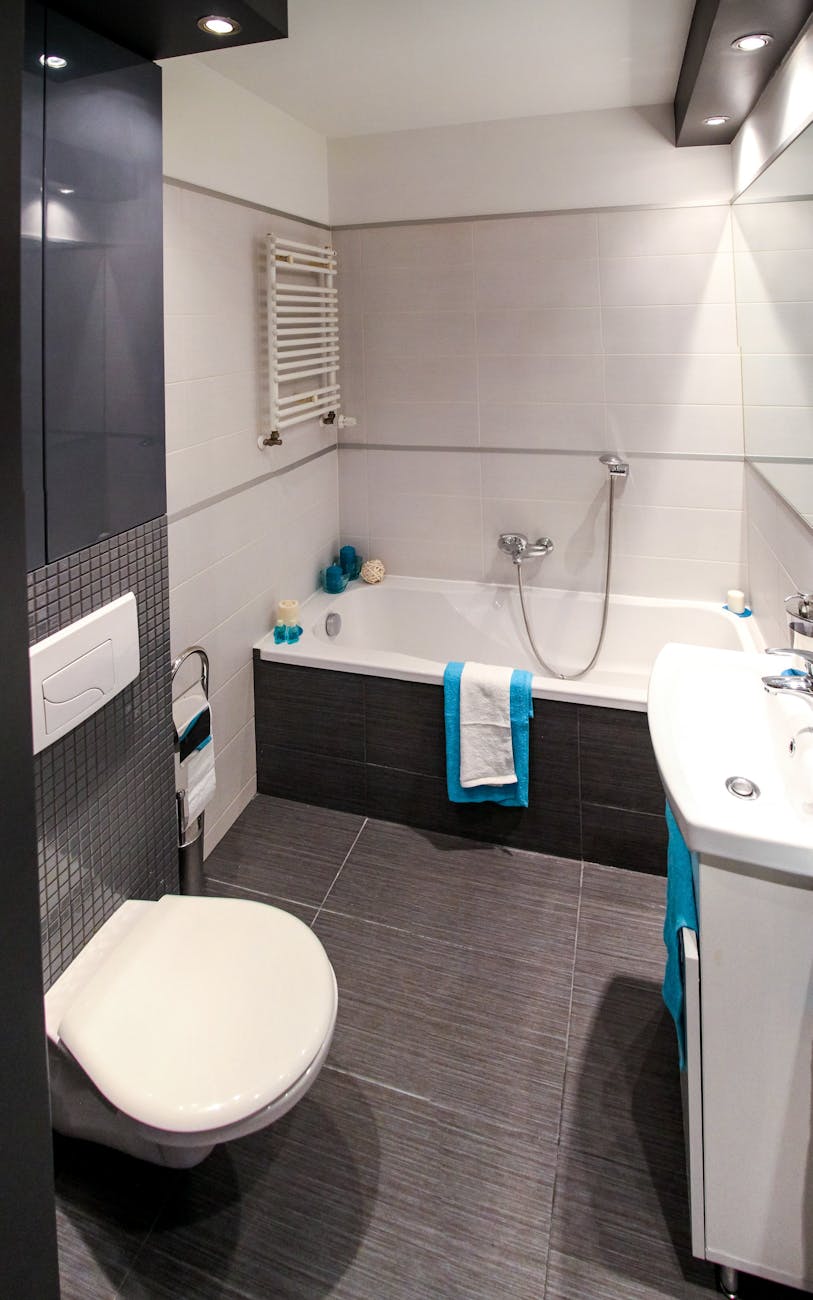
Many people have no idea it’s possible to learn how to unclog a toilet without a plunger, and how simple it is might shock you. These are helpful tools that can help you avoid problems when you have no plunger, but they may not always work if the problem is serious.
1. Use Dish Soap
Sometimes, all it takes is a bit of lubricant to help things flush through the pipes. For example, if your toilet is clogged, pouring a little dish soap down the drain can help lubricate the tissue and cause it to clear up. A half-cup is all it takes to remove clogs from the drain in most instances.
Learning how to unclog a toilet without a plunger means learning all the tips and tricks, and this is one of those tricks. However, it might not always work for you. This is when you should add some hot water to the mix. The soap may not do the job on its own without some hot water.
Do not boil water because it’s too hot and can cause cracks in the porcelain. Additionally, you need to pour this hot water from the level of your waist so it creates more force. The force is what might help loosen the clog.
2. Use a Hanger
If you’ve graduated to using plastic or cloth hangers for your clothes, don’t throw away all those wire hangers just yet. Find a place to store a few of them so you can use them in a pinch.
You can create a snake by unraveling a wire hanger. Carefully push it down into the toilet to push any clogged or trapped items out. This is a tool that might help even if you have a plunger and it’s not working.
3. Mix Baking Soda and Vinegar
This is another method that might help you get your toilet to flush again. You’ll need a little more time and a little more work to make it happen, but it’s a good technique.
Mix a cup of baking soda with two cups of vinegar. Put the mixture into the toilet and leave it for a half-hour. When the time is up, the clog should be gone.
If it’s not gone yet, try reusing the hot water trick to see if that additional force can eliminate the problem.
4. Use a Water Bottle
This is a dirty, messy, last resort measure. Start by removing as much water as you can from your toilet to prevent it from becoming too messy. Use a plastic bottle to do the rest of the job.
Put water in the bottle and place your thumb over the top of the bottle to keep the water inside the bottle. Gloves are helpful when you do this.
Next, shove the top of the bottle and your hand into the curve at the bottom of the toilet bowl and remove your thumb. The water from inside the bottle will shoot down into the toilet with force, and it might cause the clog to move along.
Tips and Tricks to Keeping Your Toilet Flowing
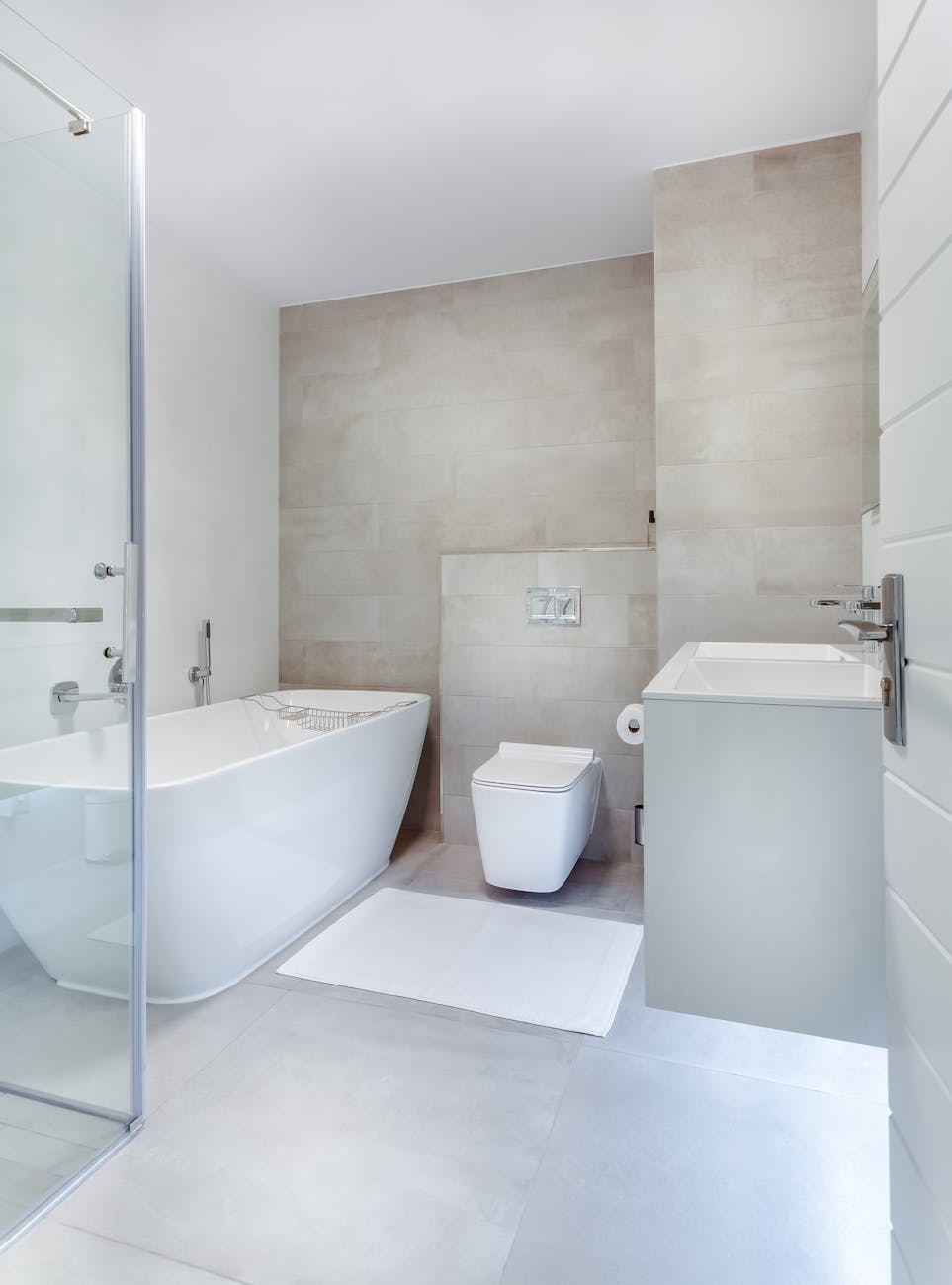
It’s easy to learn how to unclog a toilet without a plunger, but it’s even more helpful to learn how to keep your toilet from clogging in the first place. You cannot prevent every clog, but you can use these tips and tricks to help you keep your toilet flow as successful as possible:
- Clean your toilet regularly
- Avoid using harmful chemicals in your toilet
- Maintain your toilet annually
- Fix leaks right away
- Don’t put bricks in your water tank to save water
- Monitor your kids’ use of the toilet
- Do not flush anything other than toilet paper
- Buy a toilet snake and a plunger
- Call the plumber if your fixes don’t work
These are all simple yet effective ways to maintain a working toilet all year long. You cannot always predict issues with your plumbing, nor can you stop people from flushing things they shouldn’t if you aren’t warning them or watching them, but you can do your best to maintain your toilet to the best of your abilities.
Conclusion
Learning how to unclog a toilet without a plunger is only half the battle. Once you know how to do this, you’re going to find life is much easier when you’re in a pinch.
However, it’s just as important you learn how to recognize when you can fix a problem yourself and when you cannot. It’s not always easy to fix a toilet without a plunger, and it’s not always possible to fix a clog or other plumbing issue without calling a professional.
It’s all right to attempt fixing the problem yourself, but it’s wise to know when to throw in the towel and call someone to help you with your needs.
It’s often less expensive to call for help than it is to try something yourself when you don’t know what you’re doing or how to do it. Learn these things, and your plumbing issues should be few and far between.
This post first appeared on http://www.theplumbinginfo.com

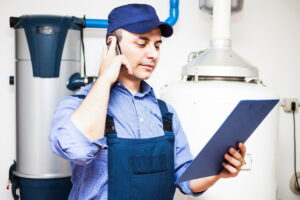 When you read our blogs, how much do you really get out of them? From advice to friendly service tips, we go out of our way to ensure everyone in the Cedar Grove area has access to the professional knowledge they need for plumbing, heating, cooling, and basically any home comfort service. Though, do you listen to us when we talk about calling our team?
When you read our blogs, how much do you really get out of them? From advice to friendly service tips, we go out of our way to ensure everyone in the Cedar Grove area has access to the professional knowledge they need for plumbing, heating, cooling, and basically any home comfort service. Though, do you listen to us when we talk about calling our team? We’re moving into the holiday season now. We just got past Thanksgiving, and we’re moving into all the festivities during December now. Your plumbing system is vital throughout the year, and it’s more important than ever now. You’re probably using this system more than ever now. That’s why it’s important to keep it in impeccable shape.
We’re moving into the holiday season now. We just got past Thanksgiving, and we’re moving into all the festivities during December now. Your plumbing system is vital throughout the year, and it’s more important than ever now. You’re probably using this system more than ever now. That’s why it’s important to keep it in impeccable shape.




 If your commercial property has a water heater, then your business depends on it running smoothly every day. You can’t have a faulty water heater or risk ignoring one that is giving off signs it needs to have repairs done. You put too much at risk if you allow the water heater to keep running when it needs to have attention from experts in
If your commercial property has a water heater, then your business depends on it running smoothly every day. You can’t have a faulty water heater or risk ignoring one that is giving off signs it needs to have repairs done. You put too much at risk if you allow the water heater to keep running when it needs to have attention from experts in 